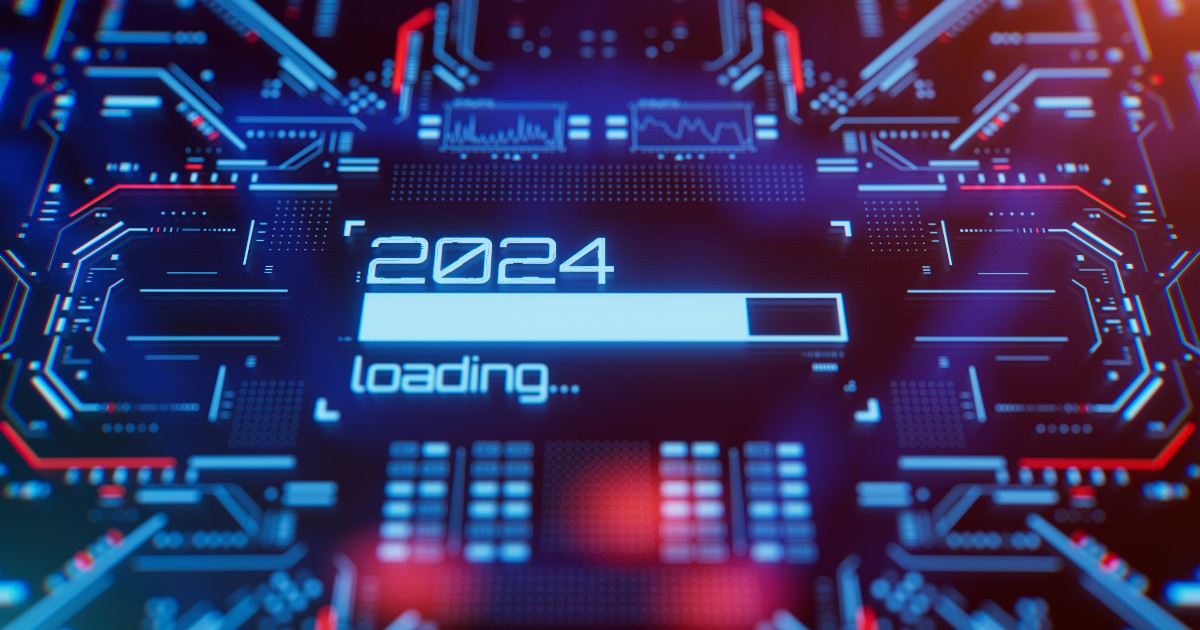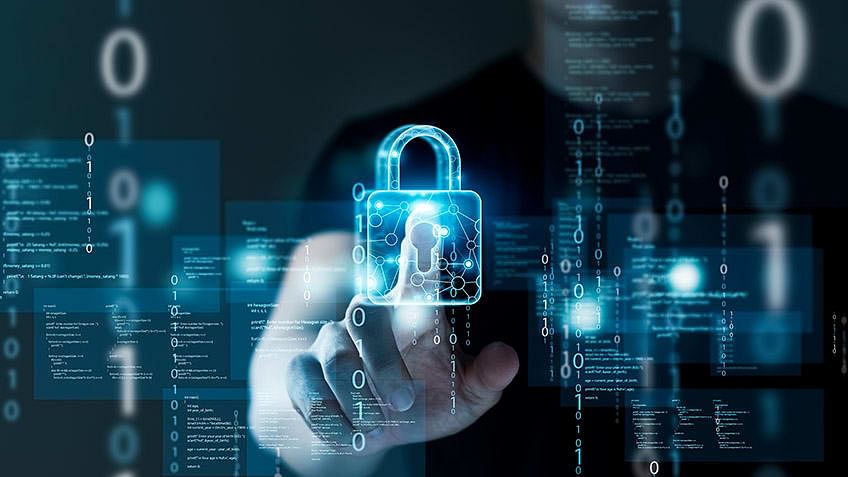As we move further into the digital age, the landscape of cybersecurity continues to evolve dramatically. With an increasing number of cyber threats, businesses are compelled to rethink their cybersecurity strategies to safeguard sensitive data and maintain operational integrity. This article explores key trends expected to shape cybersecurity in the workplace by 2025, providing insights into how organizations can prepare for a future marked by rapid technological advancement and sophisticated cyber threats.
The Rise of Remote Work and Its Security Implications

The COVID-19 pandemic has fundamentally transformed the way we work, with remote work becoming a norm rather than an exception. This shift has led to significant changes in cybersecurity protocols. By 2025, it is anticipated that remote work will remain prevalent, prompting organizations to invest heavily in securing remote access to their networks. The challenge lies in securing a workforce that operates from diverse locations, often using personal devices that may not have robust security measures in place.
To address these challenges, businesses will likely implement more rigorous remote work policies. Multi-factor authentication (MFA) will become a standard requirement for accessing corporate resources, reducing the risk of unauthorized access. Additionally, organizations may deploy Virtual Private Networks (VPNs) and endpoint security solutions to ensure secure connections and protect sensitive data transmitted over public networks. Training employees to recognize and respond to cybersecurity threats will also be critical, as human error remains one of the weakest links in the cybersecurity chain.
Increased Use of Artificial Intelligence in Cybersecurity
Artificial intelligence (AI) is set to play a pivotal role in cybersecurity strategies by 2025. With the volume and complexity of cyber threats growing exponentially, AI technologies will be leveraged to analyze vast amounts of data, detect anomalies, and respond to incidents in real-time. Machine learning algorithms will enable systems to identify patterns and predict potential threats before they manifest, allowing organizations to proactively bolster their defences.
Moreover, AI-driven security solutions will automate many aspects of cybersecurity, from threat detection to incident response. This will not only improve response times but also free up cybersecurity professionals to focus on more strategic initiatives. As organizations adopt AI technologies, there will be a corresponding emphasis on ensuring these systems are secure themselves. Cybercriminals may seek to exploit AI technologies, prompting a need for ongoing evaluation and adaptation of security measures.
The Emergence of Zero Trust Architecture
The traditional perimeter-based security model is becoming increasingly ineffective in a world where threats can originate from inside and outside the organization. By 2025, many organizations will likely adopt a Zero Trust architecture, which operates on the principle of “never trust, always verify.” In this model, every user, device, and application is treated as a potential threat until verified.
Implementing a zero-trust approach will require organizations to re-evaluate their access controls and authentication methods. Identity and access management (IAM) systems will become essential, providing granular control over who can access what resources and under which conditions. Continuous monitoring of user behaviour and device health will further enhance security, enabling organizations to detect suspicious activity before it leads to a breach.
This paradigm shift will not only improve cybersecurity but also foster a culture of security awareness within the organization. Employees will need to understand the importance of verifying identities and adhering to security protocols, creating a more resilient workplace.
Growing Concerns Over Data Privacy and Compliance
As regulatory frameworks surrounding data privacy become more stringent, organizations will face increasing pressure to comply with laws such as the General Data Protection Regulation (GDPR) and the California Consumer Privacy Act (CCPA). By 2025, it is expected that more countries will adopt similar regulations, amplifying the need for robust data protection strategies.

Cybersecurity will intersect with data privacy as organizations implement measures to safeguard sensitive customer information. This may involve investing in advanced encryption technologies, data loss prevention (DLP) solutions, and privacy impact assessments. Companies will also need to establish clear policies regarding data collection, storage, and sharing to ensure compliance with evolving regulations.
Moreover, organizations that prioritize data privacy will likely gain a competitive edge, as consumers increasingly demand transparency and accountability regarding how their data is handled. By embedding privacy into their cybersecurity frameworks, businesses can build trust with their customers while mitigating the risk of regulatory penalties.
The Importance of Cybersecurity Training and Awareness
In a landscape where cyber threats are constantly evolving, employee training and awareness will remain a cornerstone of effective cybersecurity strategies. By 2025, organizations will need to implement ongoing training programs that not only educate employees about current threats but also foster a culture of security mindfulness.
Training initiatives will likely incorporate real-world scenarios and simulations to better prepare employees for potential cyber incidents. Phishing attacks, social engineering tactics, and ransomware threats will be focal points in training sessions, ensuring that employees can recognize and respond appropriately to these risks.
Additionally, organizations may employ gamification techniques to engage employees in cybersecurity training, making the process more interactive and enjoyable. By promoting a proactive security culture, businesses can empower their workforce to act as the first line of defence against cyber threats.
The Proliferation of IoT Devices and Security Challenges
The Internet of Things (IoT) has expanded rapidly, with devices ranging from smart thermostats to industrial sensors becoming commonplace in workplaces. By 2025, the number of connected devices is expected to grow significantly, presenting both opportunities and challenges for cybersecurity.
While IoT devices can enhance operational efficiency and streamline processes, they also introduce vulnerabilities that cybercriminals may exploit. Many IoT devices lack robust security features, making them attractive targets for attackers. To mitigate these risks, organizations will need to implement stringent security protocols for IoT devices, including secure configuration, regular updates, and monitoring for suspicious activity.
Additionally, network segmentation will become a critical practice in securing IoT environments. By isolating IoT devices from core business networks, organizations can limit the potential impact of a breach, ensuring that a compromised device does not jeopardize sensitive data or critical systems.
Cybersecurity Insurance: A Growing Necessity
As cyber threats become more prevalent and sophisticated, organizations will increasingly recognize the value of cybersecurity insurance. By 2025, it is likely that cyber insurance will be viewed as an essential component of risk management strategies.
Cybersecurity insurance can help organizations recover from the financial repercussions of a cyber incident, covering costs associated with data breaches, business interruption, and legal liabilities. However, obtaining coverage may require organizations to demonstrate that they have implemented robust cybersecurity measures. Insurers may conduct risk assessments and demand proof of compliance with industry best practices before issuing policies.
As the demand for cybersecurity insurance rises, it will be essential for organizations to understand the terms and limitations of their policies. Businesses should engage with insurers to ensure their coverage adequately addresses the specific risks they face in their industry.
Preparing for the Future of Cybersecurity
The cybersecurity landscape is set to undergo significant transformations by 2025, driven by technological advancements, changing work dynamics, and evolving regulatory frameworks. Organizations must adopt a proactive approach to cybersecurity, embracing innovative solutions and fostering a culture of security awareness among employees.

By preparing for trends such as the rise of remote work, the adoption of AI, and the implementation of Zero Trust architectures, businesses can enhance their resilience against cyber threats. Furthermore, prioritizing data privacy, investing in employee training, and addressing the security challenges posed by IoT devices will be crucial in building a robust cybersecurity framework.
As we look to the future, it is clear that cybersecurity will not only be a technical issue but a fundamental aspect of organizational strategy. By recognizing the importance of cybersecurity in protecting sensitive data and maintaining trust with customers, businesses can navigate the complexities of the digital age with confidence and resilience.



